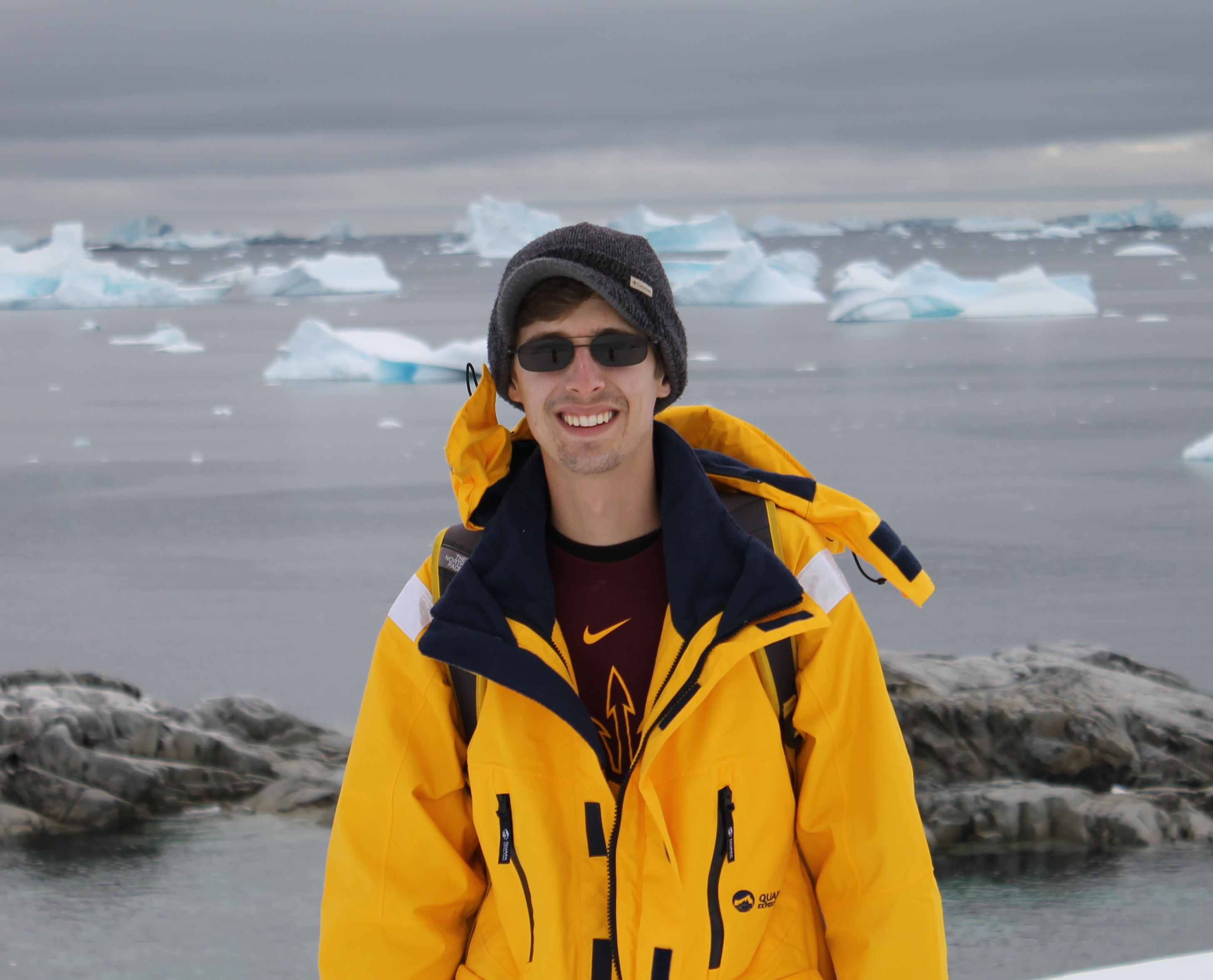
Ecuador: Living up to a Name
Our study abroad program is titled “Diversity and Sustainability in the Andes” and there has been no shortage of diversity in these first few days. We have driven through an incredible range of the country dotted with cities, endless vegetation, steep ravines, snow-topped mountains, and the occasional volcano. The markets of Ambato and Baños, two of the first three cities we’ve visited, are full of colorful and aromatic fruits, vegetables, and other foods that I’ve never seen nor tasted. Additionally, we’ve seen an incredible diversity of people during our trip, from meeting with government officials to interacting with local businesses at the market to friendly Ecuadorians recommending sights to see (and even giving us a short tour).



First off, the sights. Over the past four days we’ve seen incredibly beautiful landscapes of cities, farms, and forests. After our first night in Quito, a quick trip from our hotel to Mitad del Mundo (Middle of the World, a landmark at the equator) and back to historic Quito allowed us to take in incredible views of the mountainous urban landscape. (On an unrelated note, this first site seeing trip also proved that Ecuadorian busses can get anywhere in the city regardless of the narrow roads that appear too small and narrow to accommodate such vehicles). We made our way from Quito to Ambato, a charming city a few hours to the south, through a beautiful patchwork of forest, agriculture, and built infrastructure along with Cotopaxi, a volcano covered in snow and ice. Following a whole day in Ambato, we made our way down the winding highway to Baños, a smaller town known for it’s natural landscape that attracts tourists and adventurers from around the world. The highway was graced by sharp ravines, rolling hills broken into quilt like swatches of farms, steep mountains, and the mud leftover from the last eruption of Tungurahua, the volcano that the region is named for. Most of us had our bus windows open to take in the views despite the soggy, cold weather. The views in Baños were truly breathtaking. A café perched atop a hill over looking the city offered an amazing perspective on the entire valley surrounding Baños. Fortunately, we’re going back later this week! After a few very informative morning meetings, we spent our fourth afternoon at a botanical garden in Ambato. The absolutely breathtaking garden is filled with an incredible diversity of flower plants, cactus, trees, and succulents from around the region and around the world.
Now to the incredibly diverse foods. A short stroll through the local markets allowed us to take in the countless fruits, vegetables, herbs, and dishes available in Ecuador. I’ve already tried numerous new fruits that I have never seen before, such as naranjillas (an orange fruit with hundreds of translucent, sweet seeds encased in a paper-like skin) and a several others (I’ll be honest, I can’t remember all of the names). The markets are also home to delicious food, such as llapingachos, a plate of seared potato pancakes, chorizo, a fried egg, and salad (lettuce, tomatoes, onion, and other vegetables depending on the cook) and locro, a deliciously thick potato soup. Potatoes are certainly a staple food here but they are not limited to the brown or red potatoes I am accustomed to in the U.S. The markets of Ecuador have potatoes of all shapes, sizes, and colors making for numerous delicious and beautiful potato based dishes.
Finally, we’ve already had the opportunity to interact with many diverse people, from ordering food or inquiring about new fruits at the markets, to our conversation with the governor of the Province of Tungurahua, to the director of an indigenous financial institution that promotes local economic development. No matter the setting, our interactions with people here are always pleasant and informative. The Ecuadorian people are incredibly welcoming and friendly, adding to the already charming and beautiful nature of the country. These few short days have been an incredible learning experience, allowing me to truly appreciate the local culture, sights, and food. I could keep going on and on about the sights, food, and people but this post is already a bit long! Check back soon for a post on what we have learned about local sustainability projects!
[Photos for this post submitted by Danielle Van Vleet]

